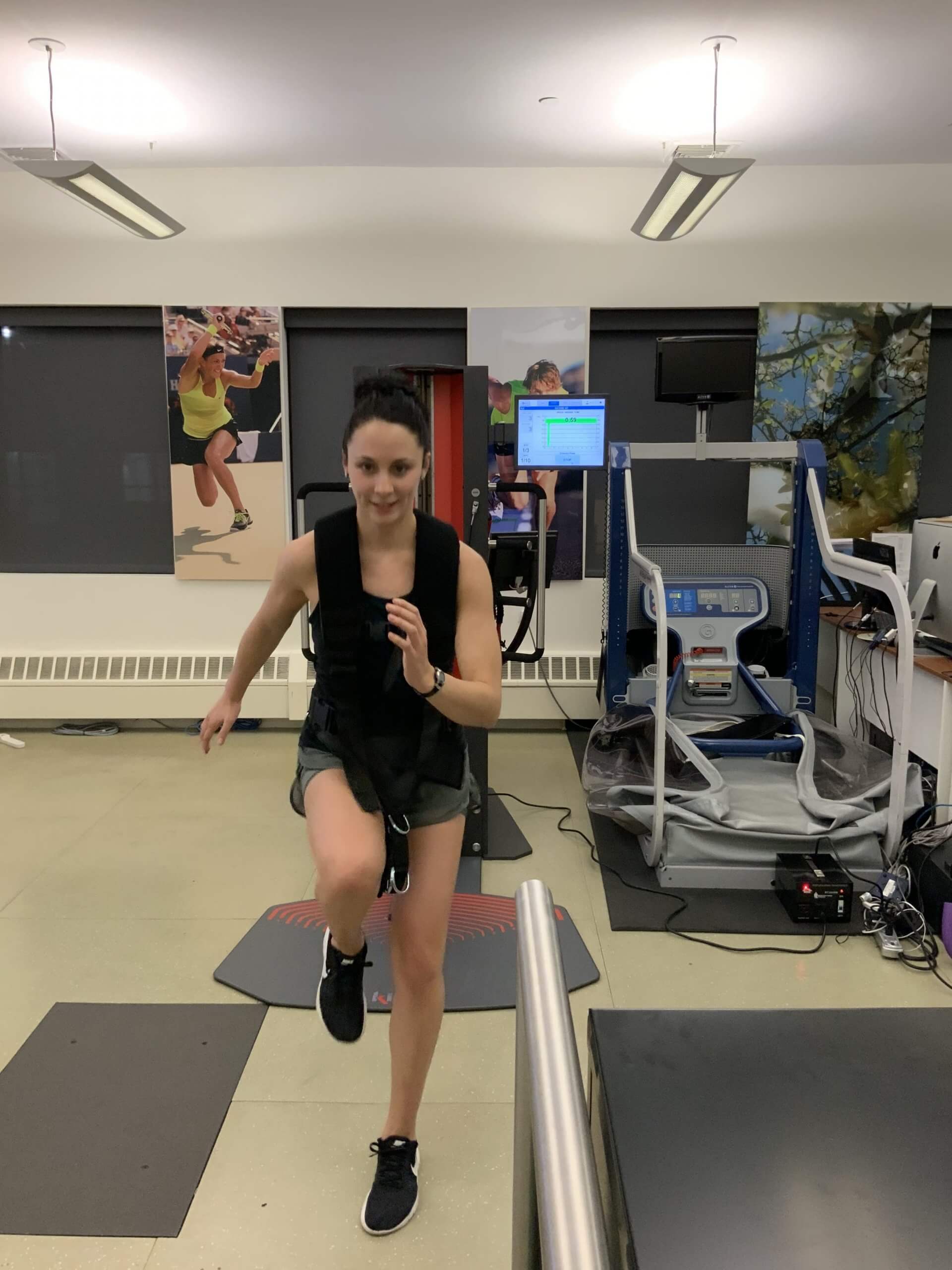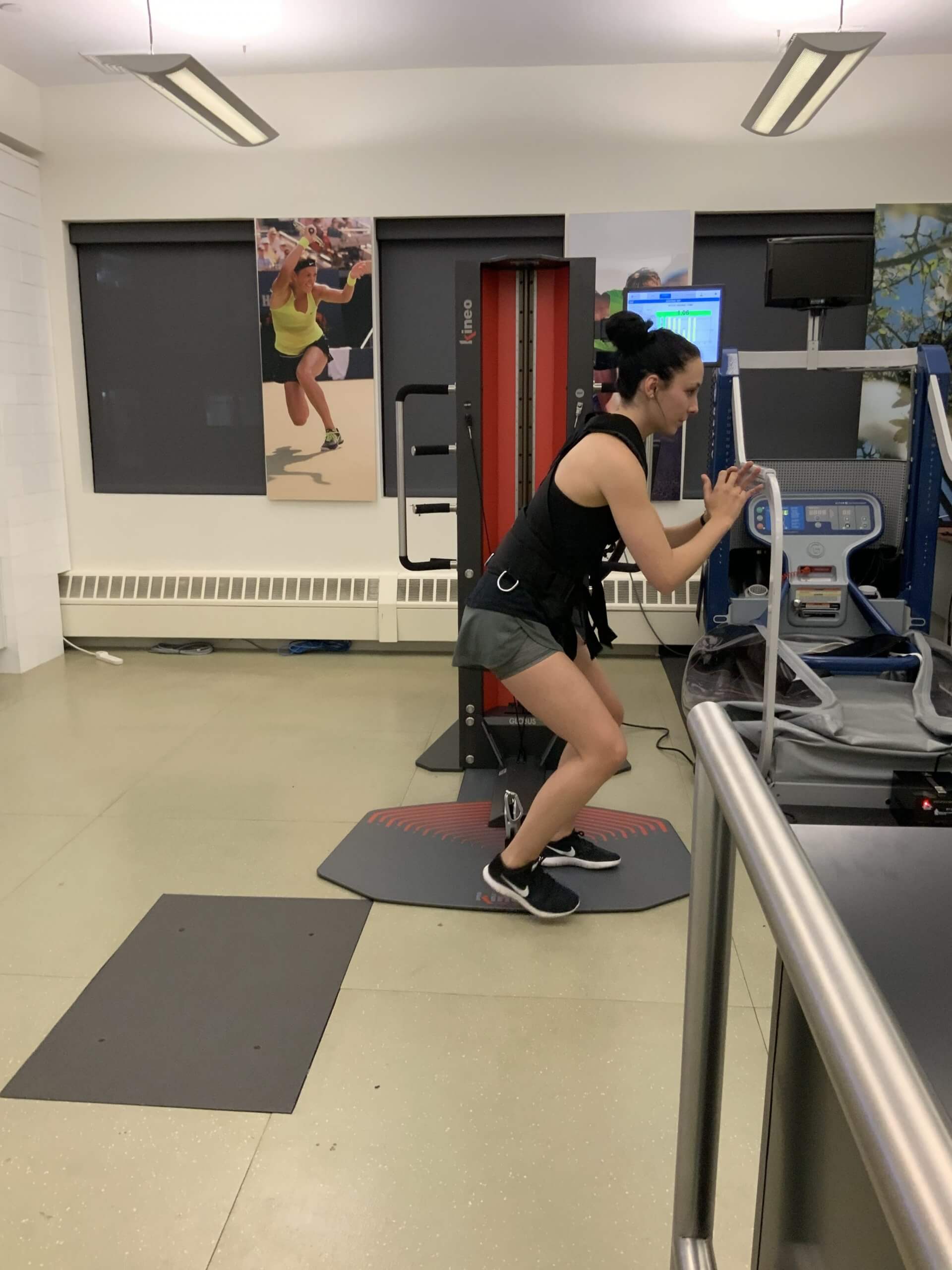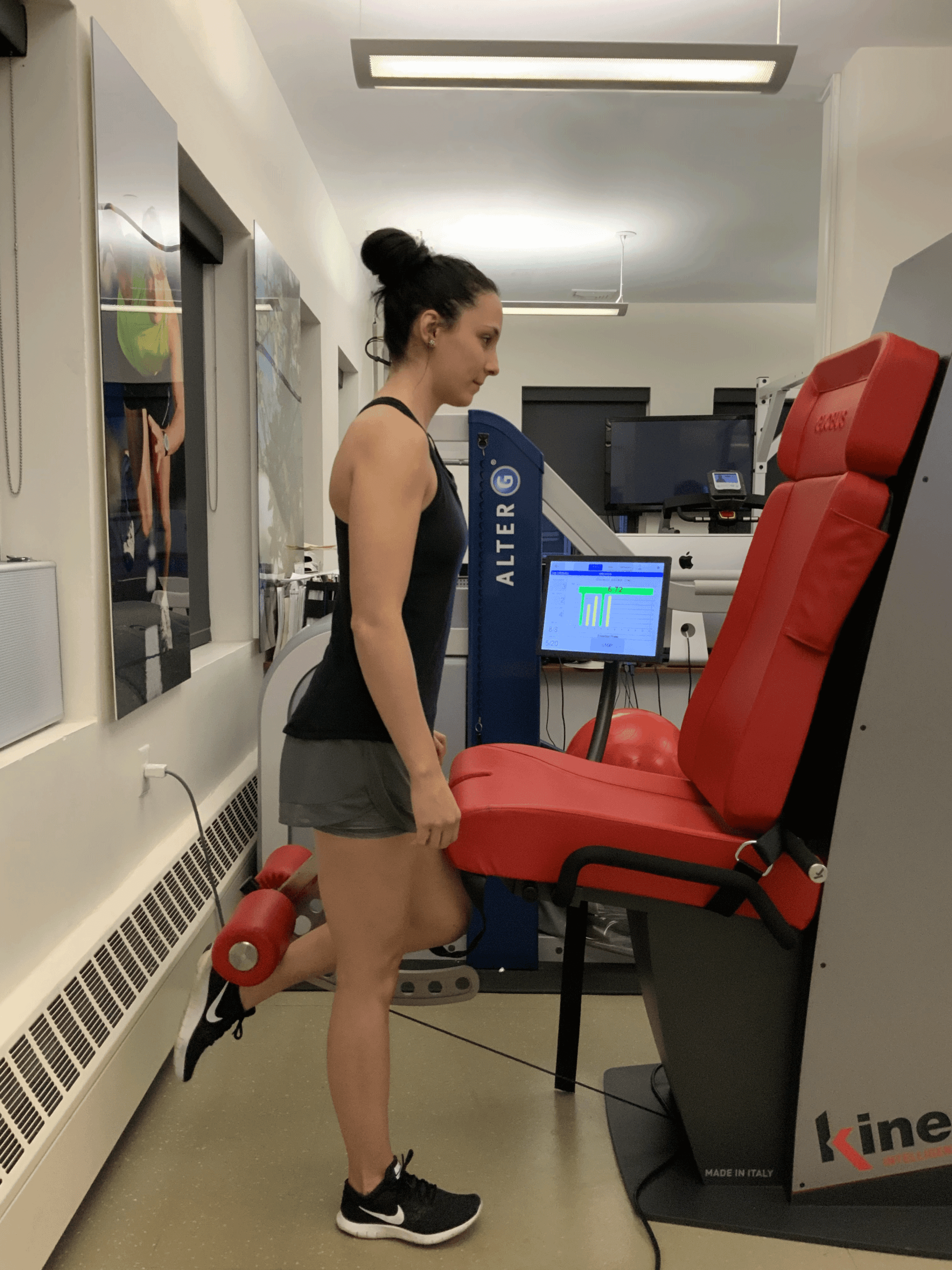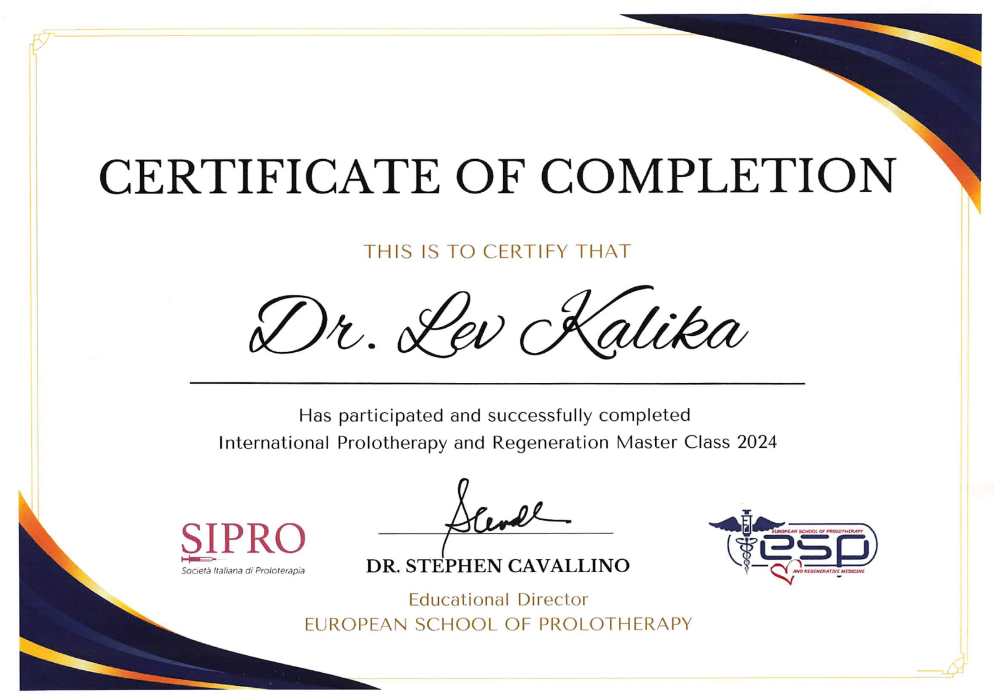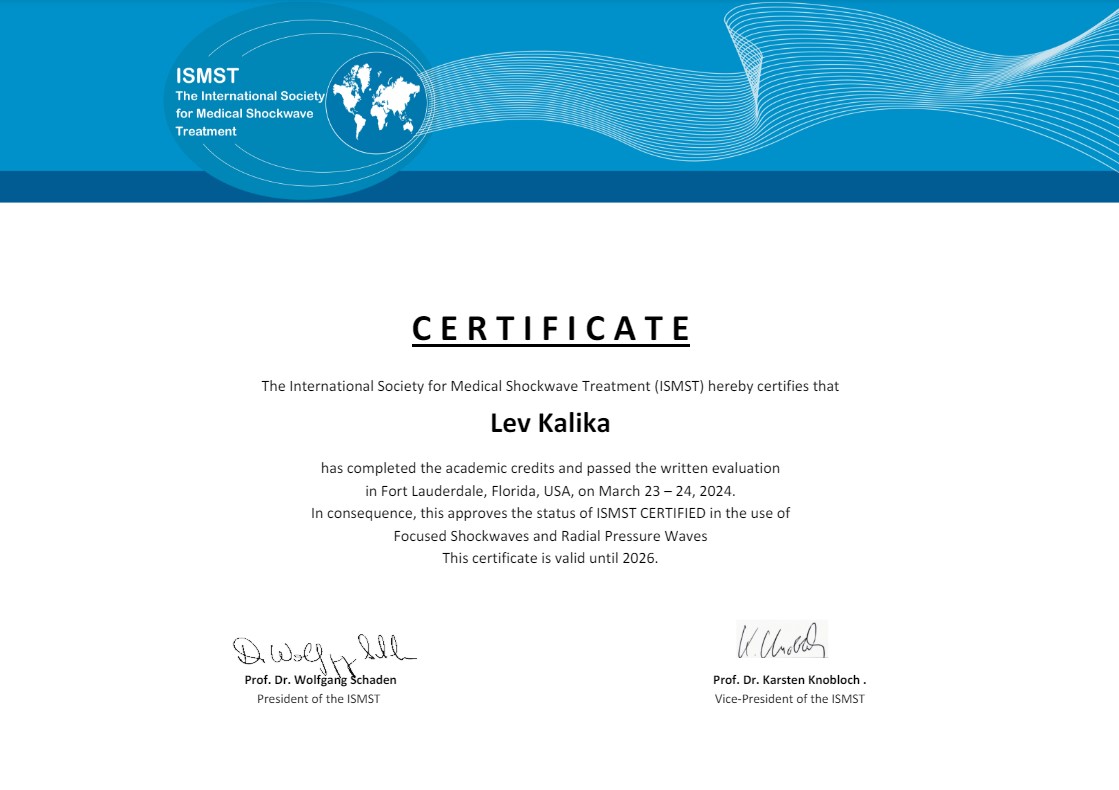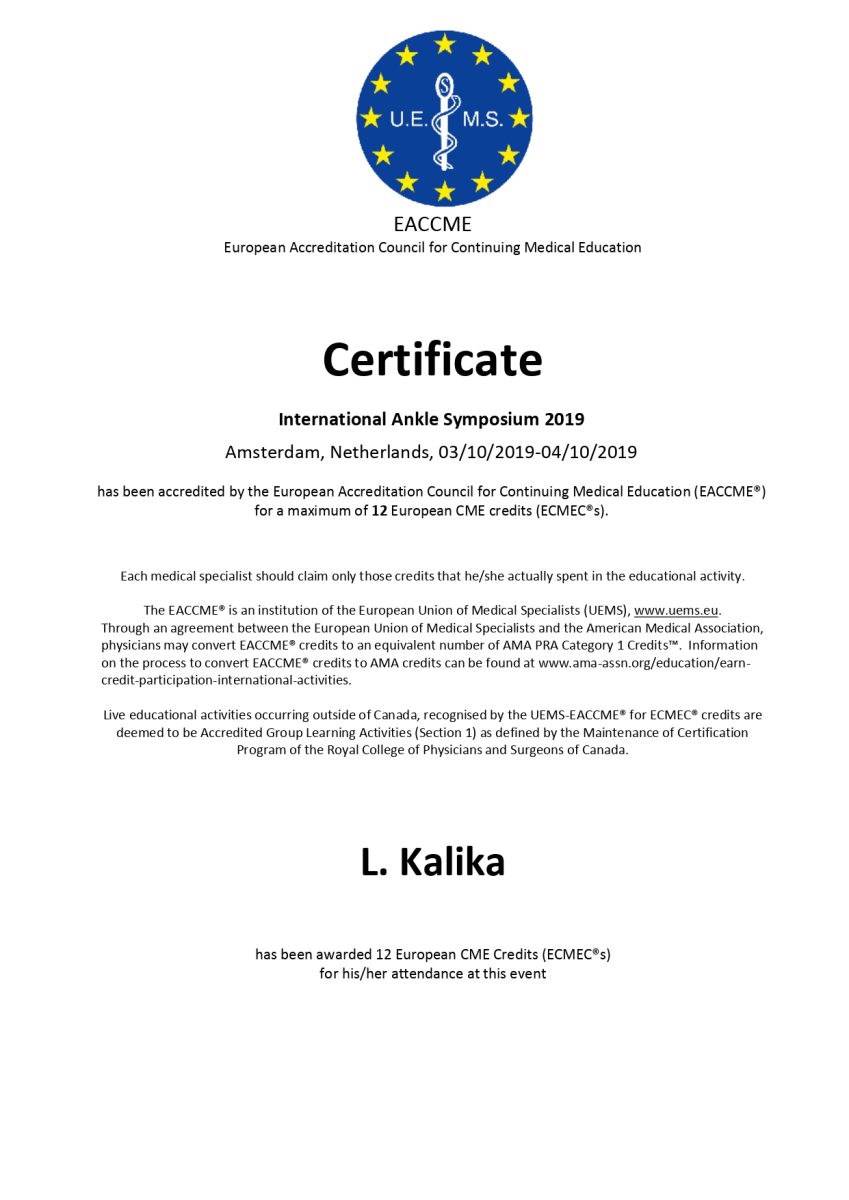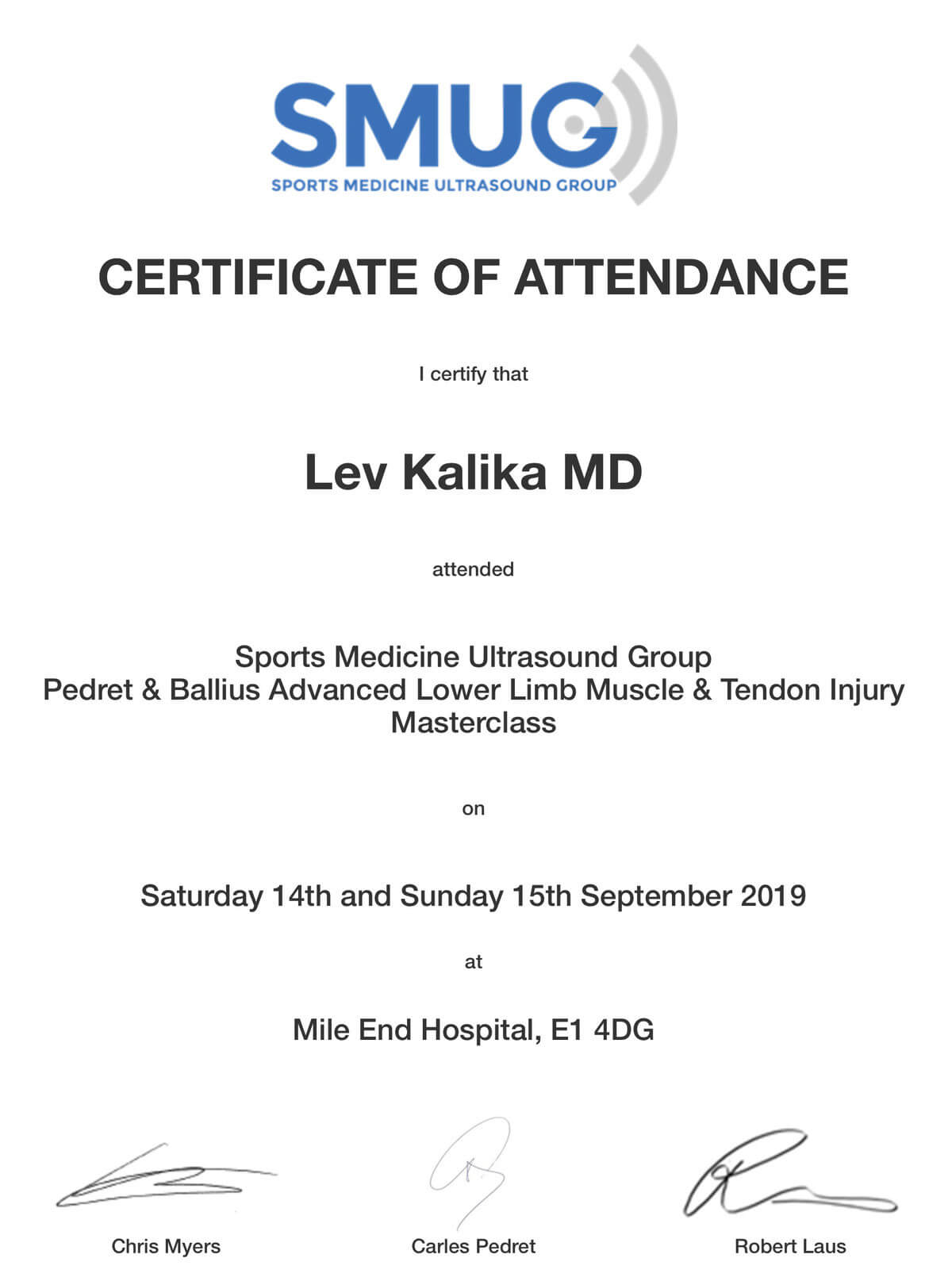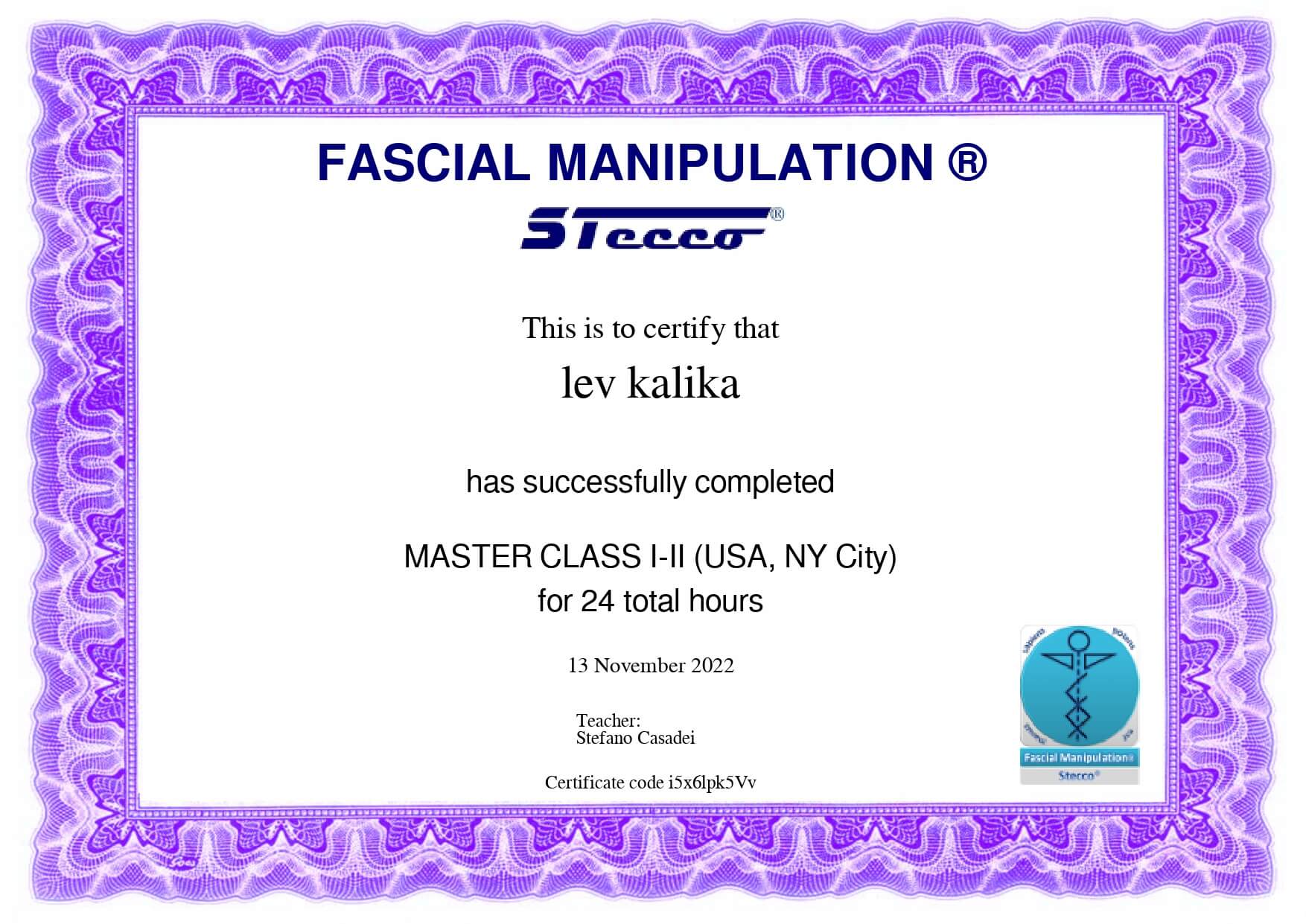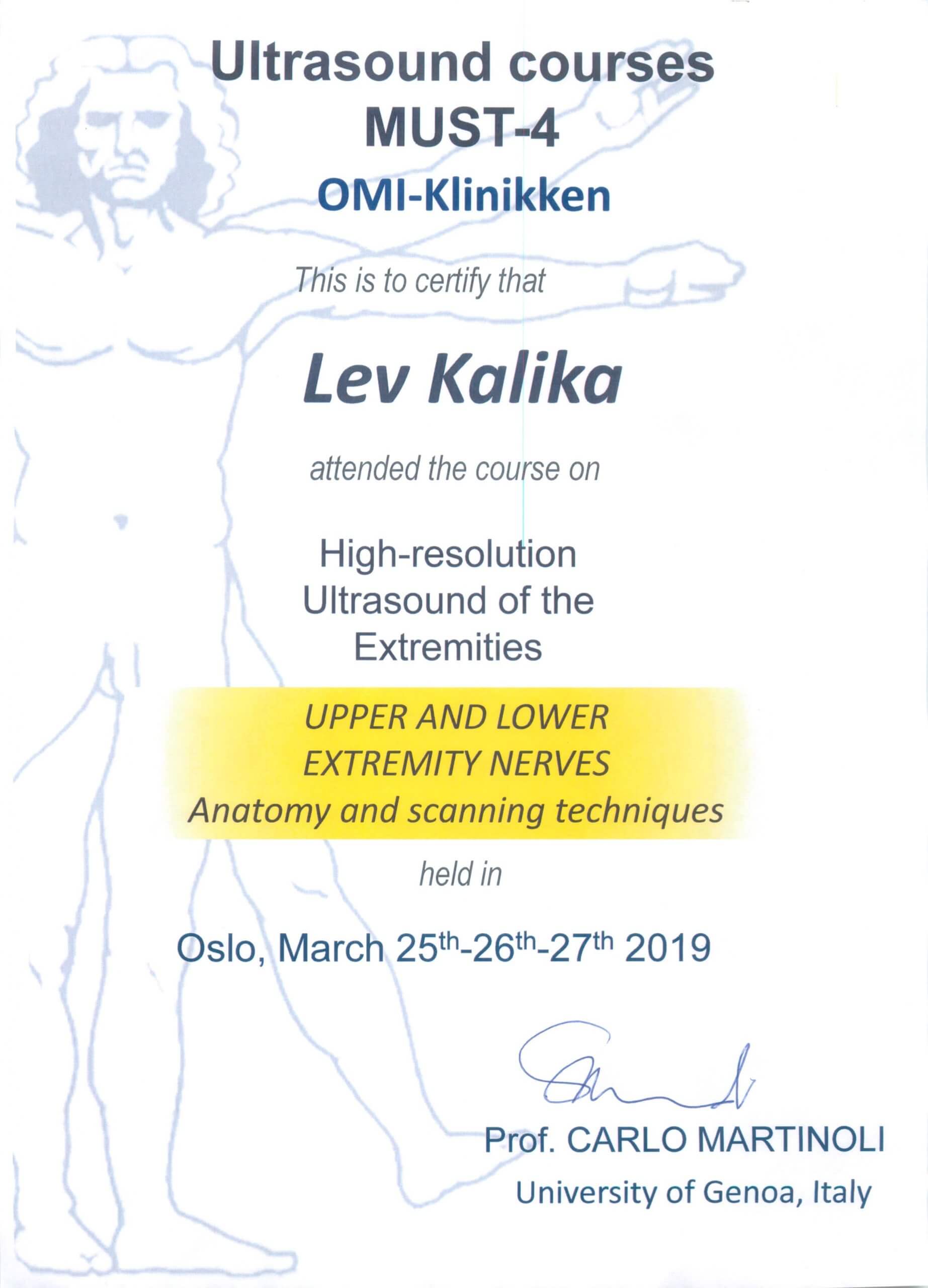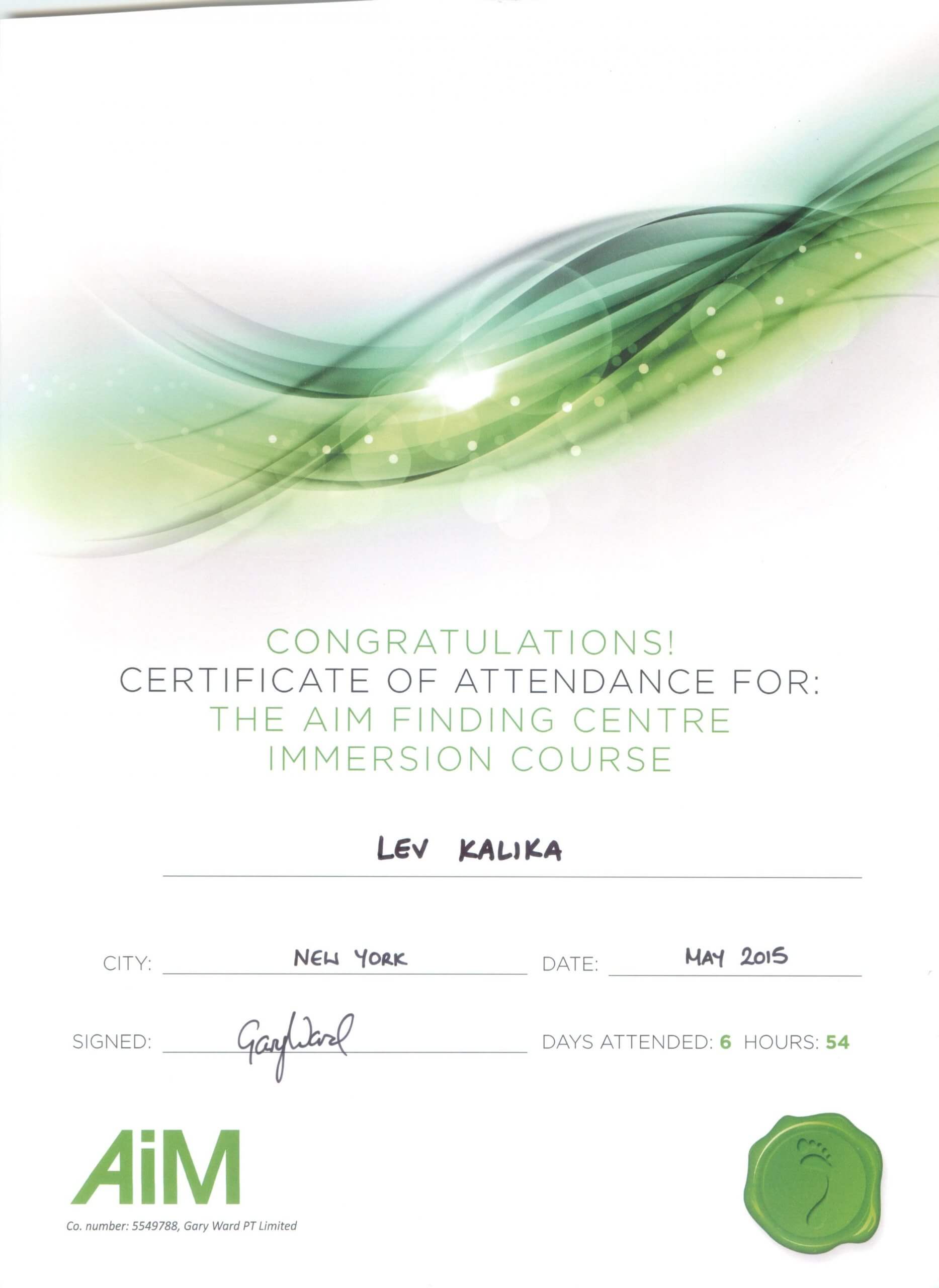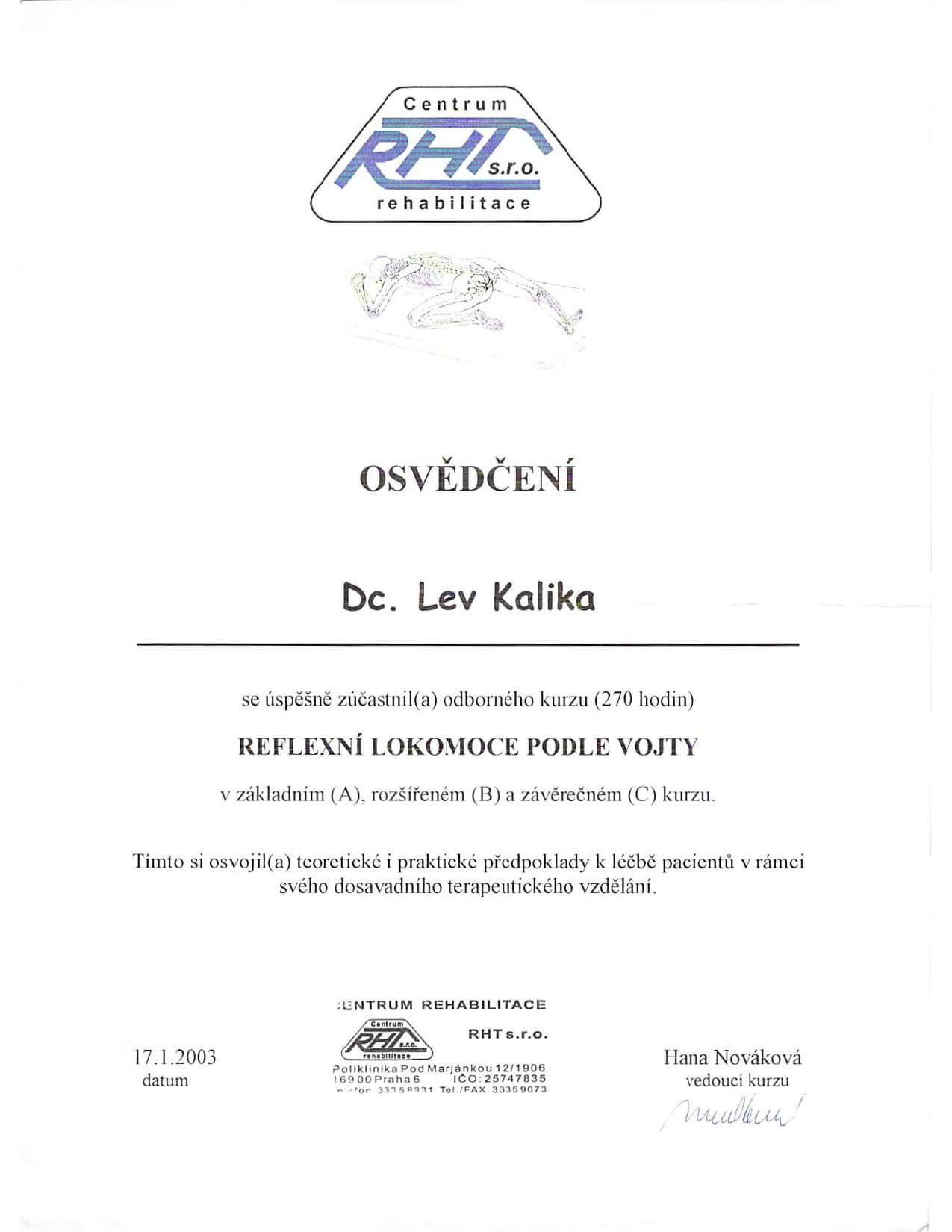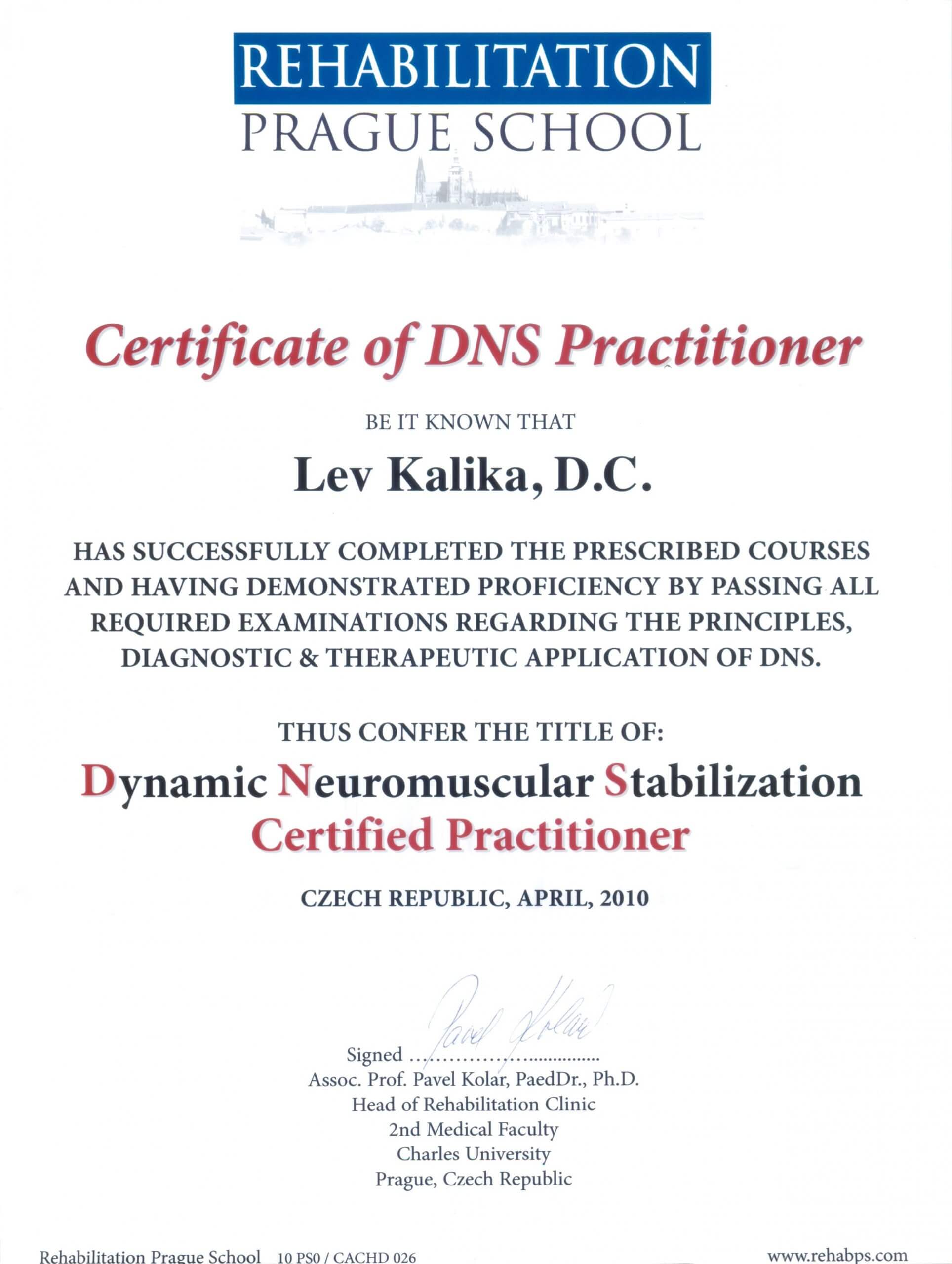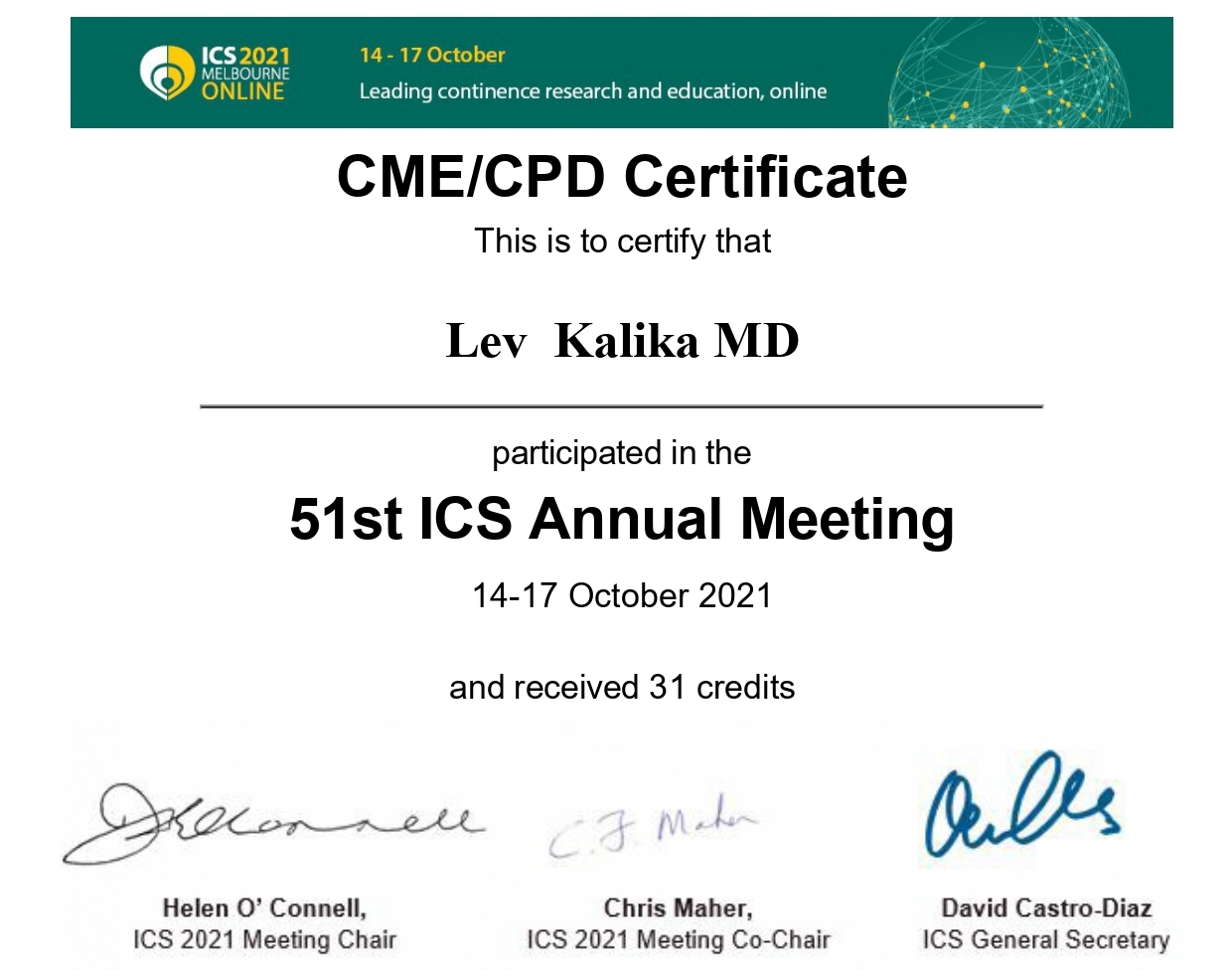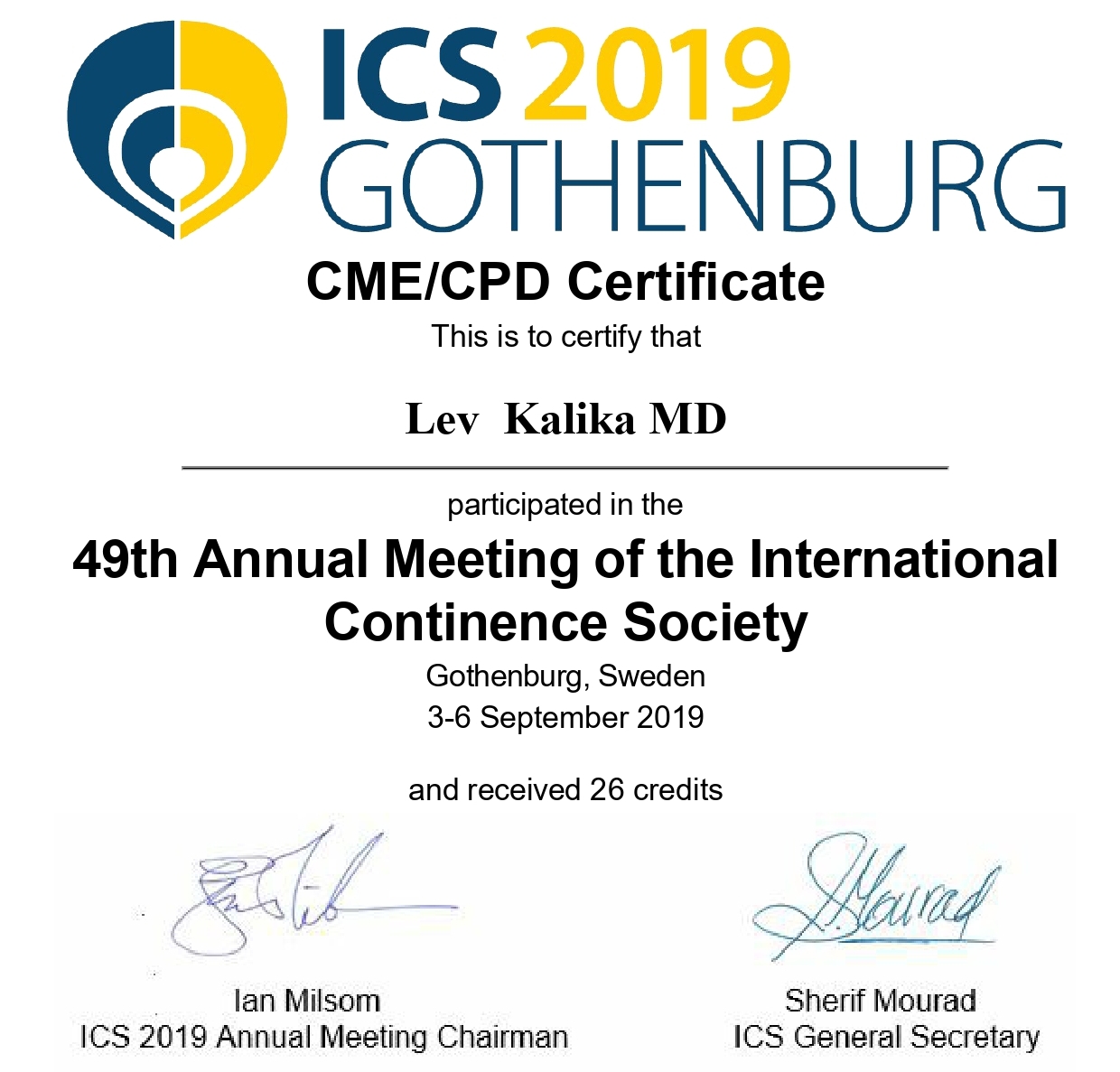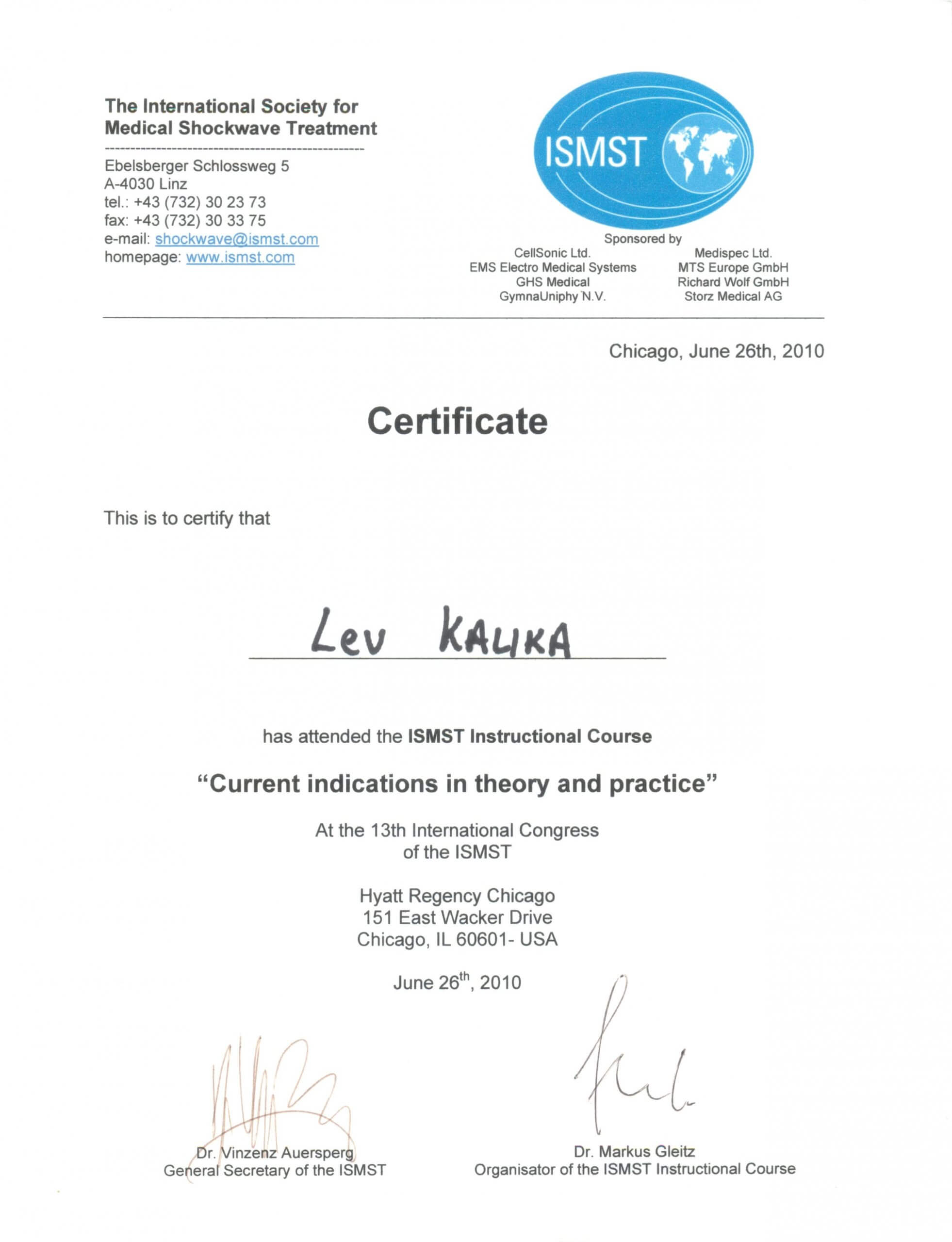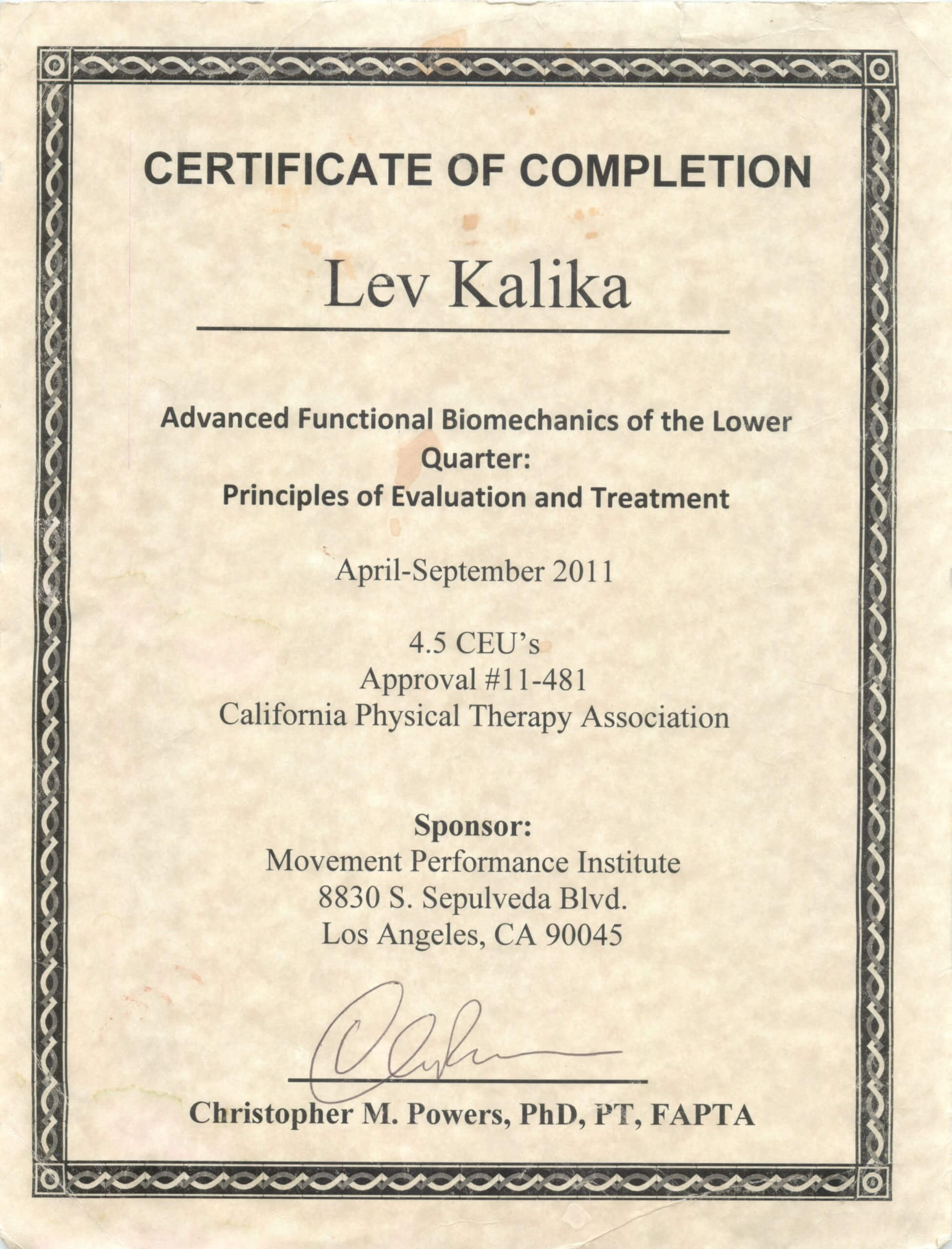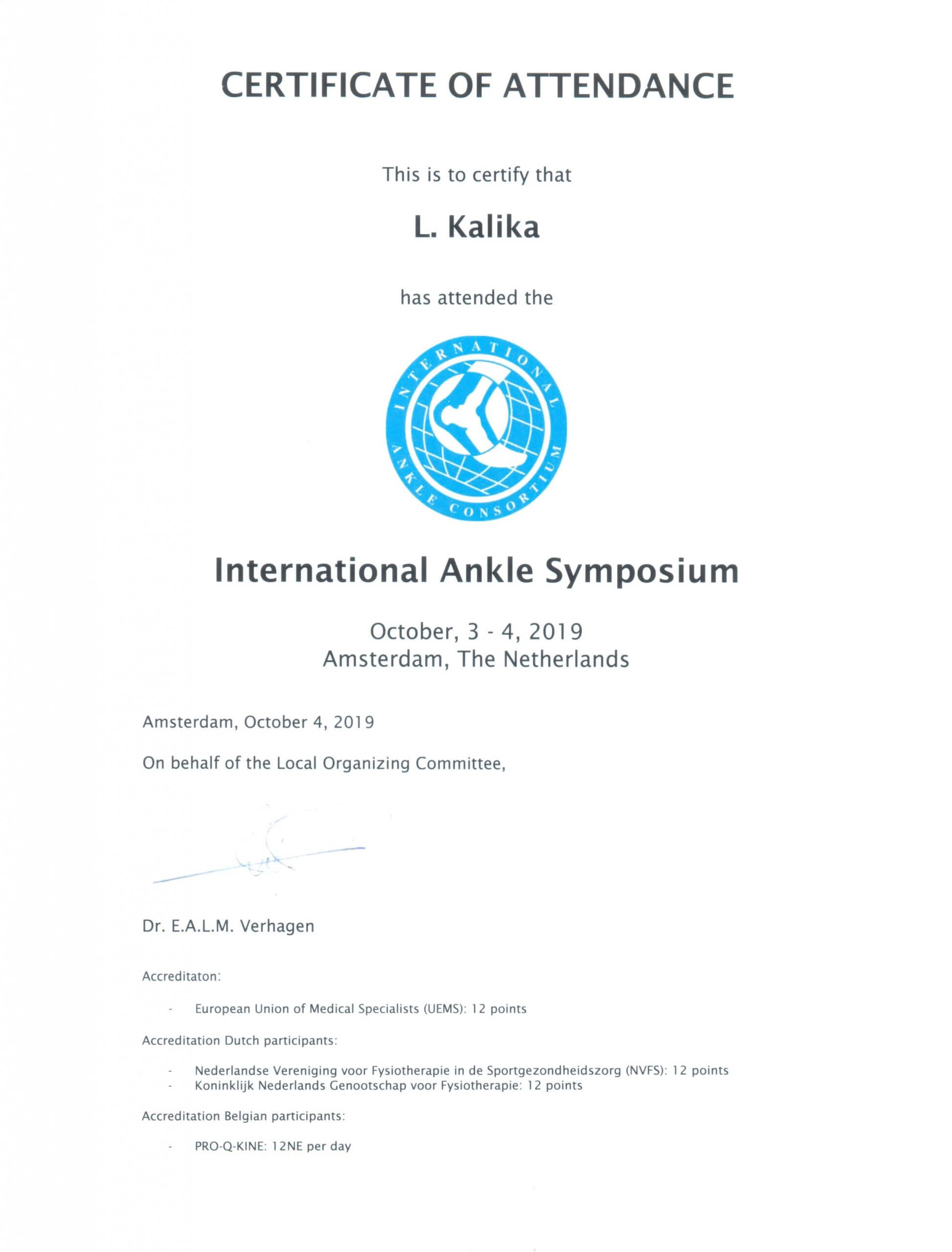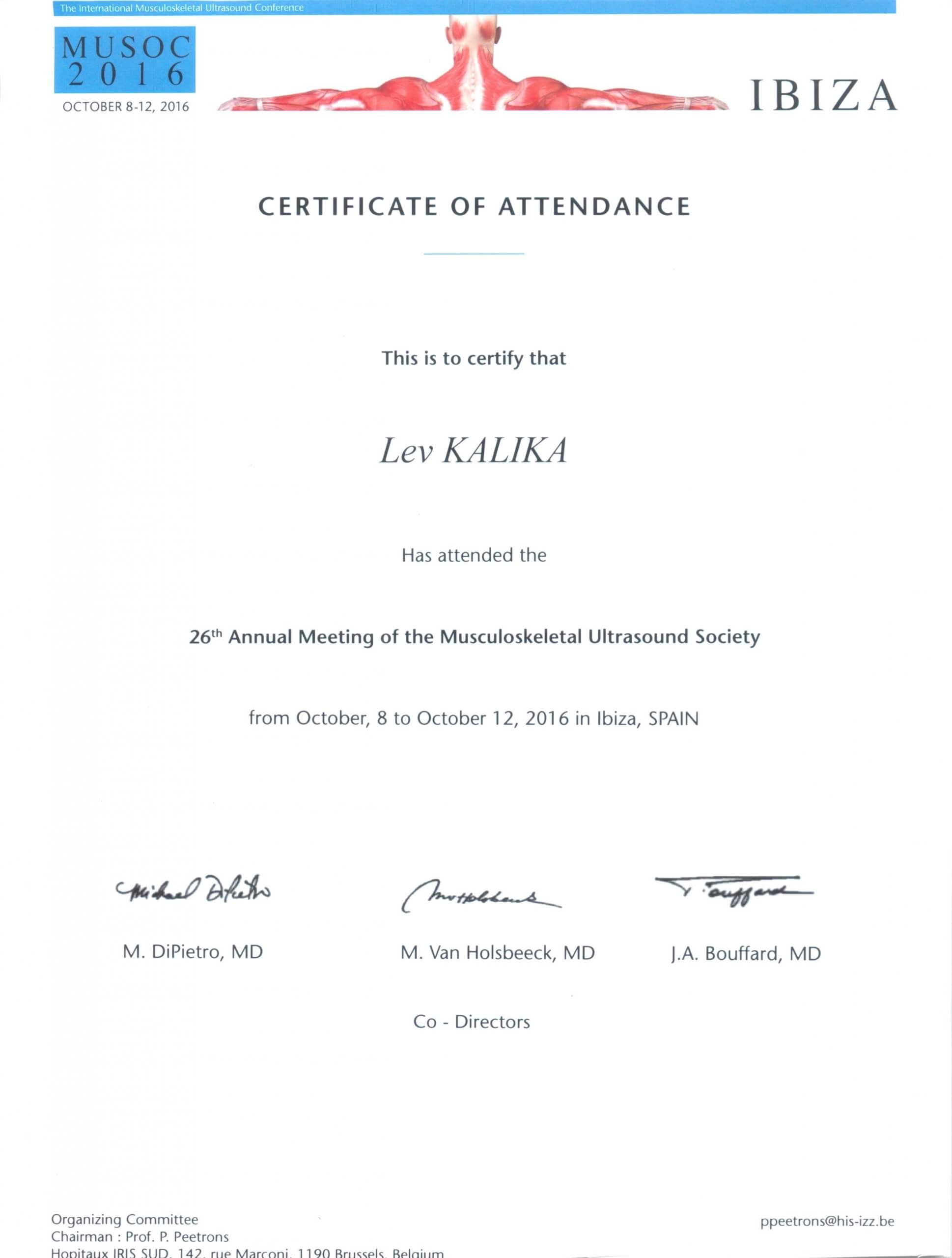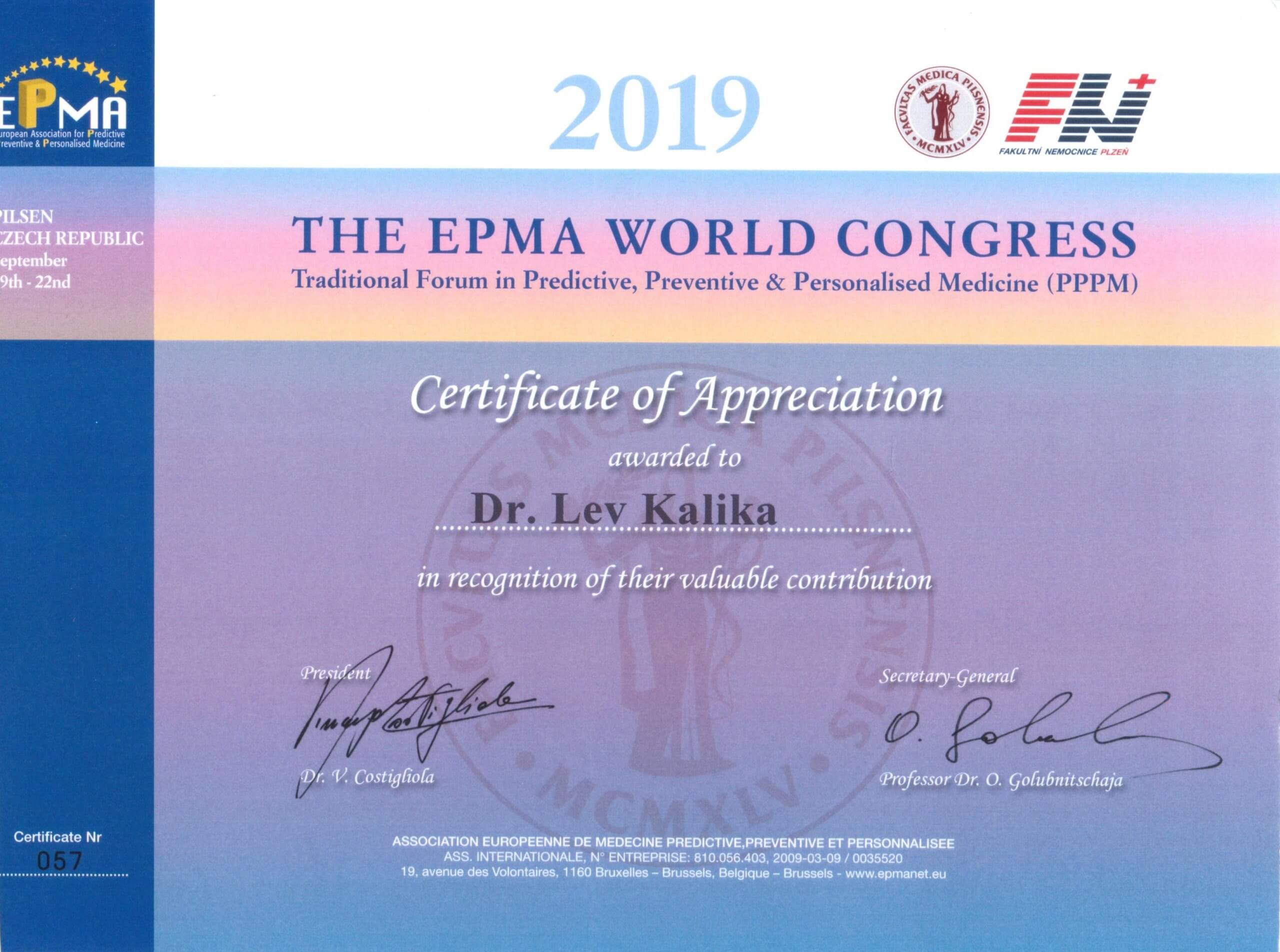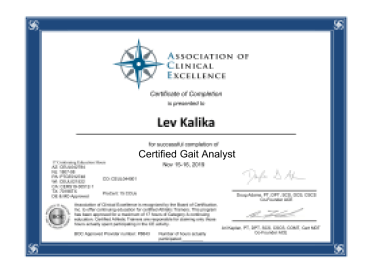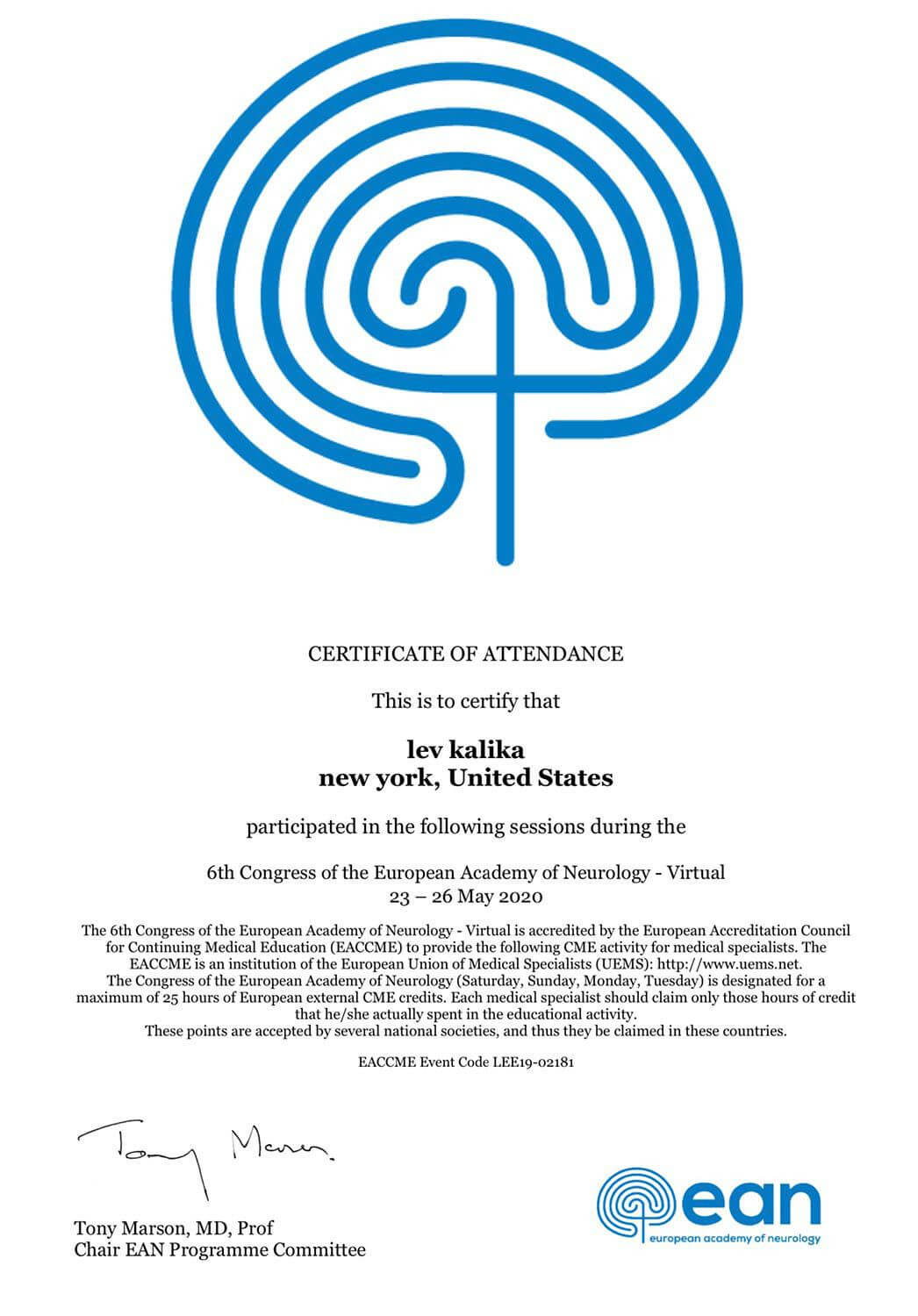Whether you are new to running or have been pounding the pavement for many years, you will likely be interested in techniques that are used to differentiate between different kinds of running shoes.
Though there have long been discussions about running economy as it pertains to barefoot running, minimalist shoes, and standard shoes, recent studies have indicated that you should rely on your own physical characteristics to determine which one will work best for you. In short, there is no real worldwide standard, and runners should ultimately choose to run in a medium that best fits their own stride.
A recent study that appeared in the Journal of Strength and Conditioning Research sought to follow nine recreational runners over the period of a few days. Researchers took special statistical notice of the following areas:
- consumption of oxygen
- frequency of step
- stack height
- overall stride length
- contact angle
- statistical injury risk
The study has concluded, quite forcefully, that runners should ultimately consider their own history to determine whether they would like to continue running barefoot, with minimalist shoes, or with standard running shoes with traditional cushioning. Runners should also feel perfectly comfortable switching to a different kind of shoe if their physical characteristics seem to require it.
Running economy, which refers generally to running efficiency and thus overall performance, has been shown to be generally equal across the shoe spectrum. Some studies show minimalism to be more efficient, while others show standard running shoes to be the best way to go. The statistical average falls somewhere in the middle.
While it is possible for proponents of one particular side to hand-pick evidence to support their position, this would not be an honest interpretation of the results. There is simply no grand, comprehensive study that shows either standard shoes or minimalist shoes to be better than the other. Subject variability is the ultimate determining factor, which means the flexibility to choose different running shoes is more viable than previously thought.
Gradual accommodation to minimalist running will yield better results than an immediate changeover. Once runners have been training in minimalist shoes for several weeks, for example, the contours of the foot will adjust to the change and may yield better results. Reputable studies allow for a changeover period so that the body has a chance to yield to the new mechanism of action.
When studies are conducted as rigorously as this one, sample size does not necessarily play a determining role. The ultimate arbiter is the data itself. Though some people may not be particularly happy that standard running and minimalist running are not so different after all, they may not simply disavow a study because it only followed nine runners.
In the end, runners should consider their foot mechanics, injury history, and body type before choosing a shoe that works best for them. Physical variability ensures that there is no true standard within the sport.



